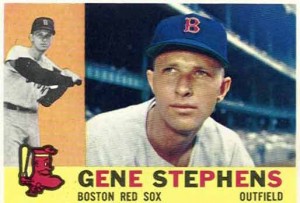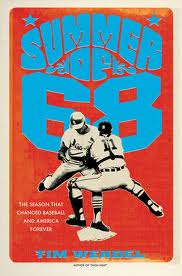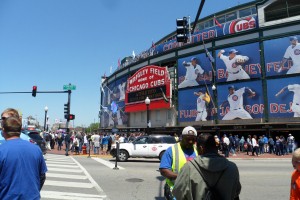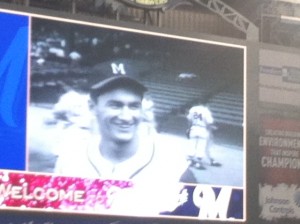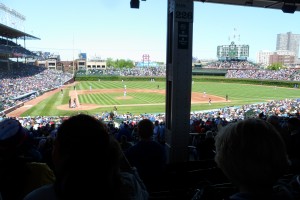The Tigers’ Max Scherzer last night became the first hurler since Roger Clemens (in 1986) to start a season 12-0. He is also the first Tiger to accomplish that feat. Scherzer now stands at 12-0, 3.10 ERA with 131 strikeouts (second in the AL to Yu Darvish) in 110 innings. And, how about that Tiger pitching? As a whole, the staff is leading MLB with 736 strikeouts, averaging 9.33 per nine innings. Among the starters, Scherzer is at 10.69 K’s per nine, Justin Verlander at 10.21 and Anibel Sanchez at 11.13.
The next consecutive win targets for Mad Max?
The AL record for wins to start a season is shared by Cleveland’s Johnny Allen and Baltimore’s Dave McNally – who each ran off 15 wins before their first lost. Allen accomplished his streak in 1937 (ending the season 15-1, 2.55), while McNally’s streak came in 1969, when he went 20-7, 3.22.
The NL and MLB records for consecutive victories to start a campaign belong to Hall of Famer Rube Marquard, who ran off 19 wins for the New York Giant before his first 1912 loss. Marquard led the NL in wins that year at 26, while losing 11 and posting a 2.57 ERA.
How about total wins before the All Star break? Out of reach. In 1973, White Sox knuckleballer Wilbur Wood notched a record 18 victories by the break – and didn’t make the All Star team. (He also had 14 losses on the way to a 24-20, 3.46 record). His 24 wins led the AL, and he was saved from leading the league in losses by team mate Stan Bahnsen, who went 18-21. For Wood, by the way, it was the third in a string of four straight twenty-win seasons (1971-74).
For you trivia buffs, the last hurler to league his league in wins and losses in the same season was Hall of Famer Phil Niekro, who went 21-20, 3.39 for the Braves in 1979. Phil tied for the lead in wins with none other than his brother Joe, who went 21-11, 3.00 for the Astros. The Niekro brothers are the answer to the trivia query “What two brothers have the most MLB wins?” Phil (318) and Joe (221) combined for 539 MLB victories. (Hall of Famer Phil, notably, led the NL in losses four straight seasons, 1977-80, going 71-76 in that span. He pitched 24 seasons (until age 48) and went 318-274, 3.35.


